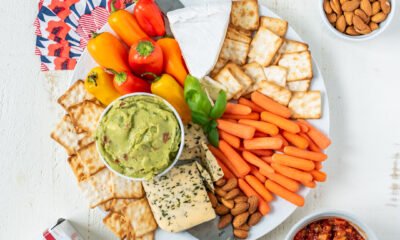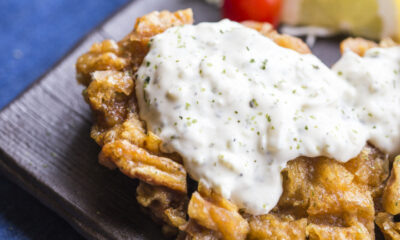Nutrition
Foods That Will Make You Feel Nostalgic
Published
12 months agoon
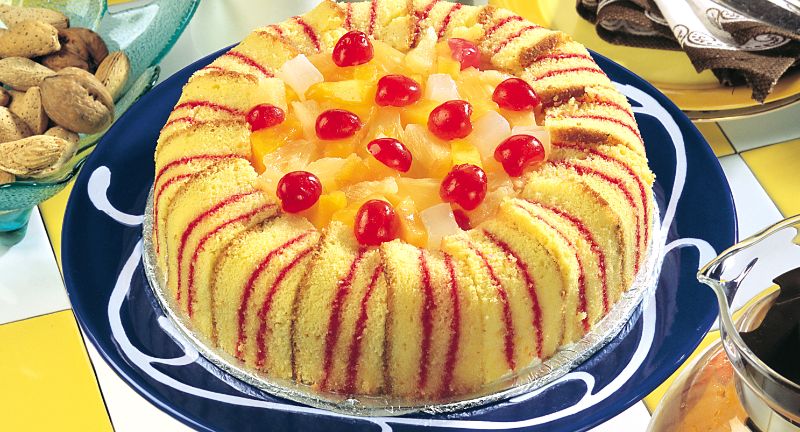
Shutterstock
Growing up, the foods we savored were more than just meals, they were memories and emotions we now associate with childhood. These meals, whether one of our favorites, or one we loathed, became the flavors of our youth, leaving a lasting impression on our hearts and taste buds.
Let’s take a look at some foods from our childhood that’s likely to evoke a wave of nostalgia.
Pineapple Upside-Down Cake
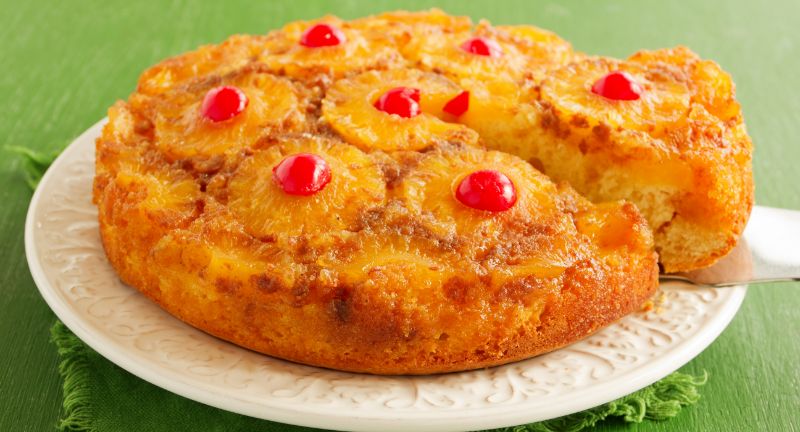
Shutterstock
The perfect convenient dish that incorporated canned pineapple rings and maraschino cherries on the bottom that became the top after baking. The dish was a staple in many homes for decades as a traditional yet fun to make comfort dessert.
Shrimp Cocktail
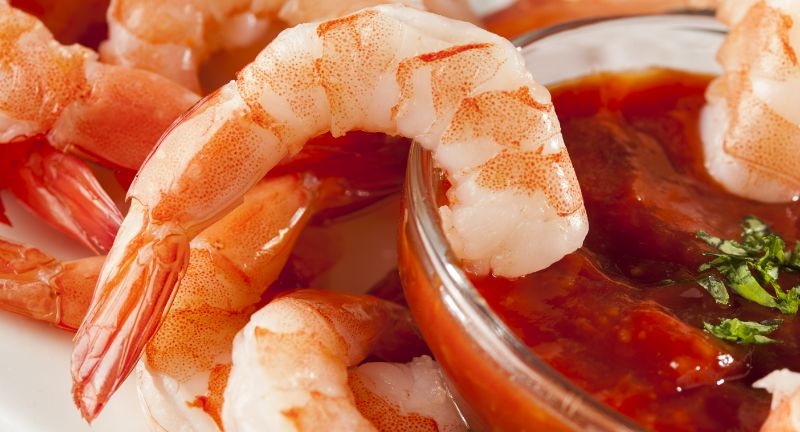
Shutterstock
The sophisticated and visually appealing appetizer that reflects the era’s fascination with elegant and stylish culinary presentations. The combination of plump shrimp served with a tangy cocktail sauce became synonymous with social gatherings during this time. By the early 1960s, shrimp cocktails had solidified their status as the quintessential party appetizer.
Ambrosia Salad
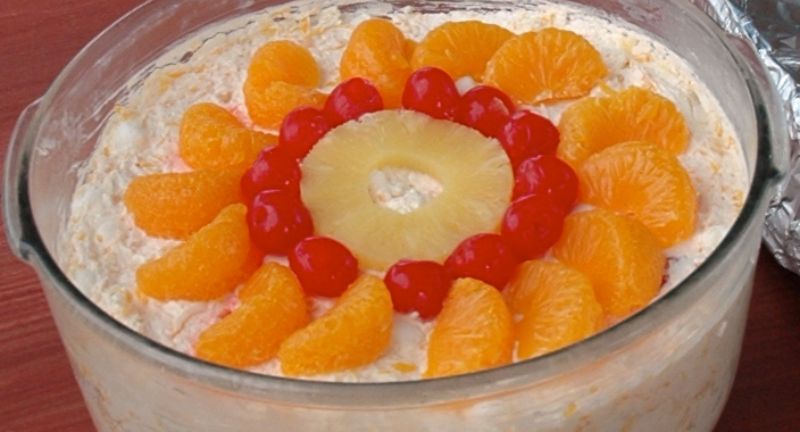
Wikipedia
This refreshing and tropical fruit salad has been included in many festive family gatherings and holiday feasts, where its colorful and fruity mix became a symbol of celebration. The dish traditionally includes canned fruits like mandarin oranges and pineapple, along with marshmallows and coconut and is dressed with whipped cream or a creamy combination of sour cream and mayonnaise.
Frozen Dinners
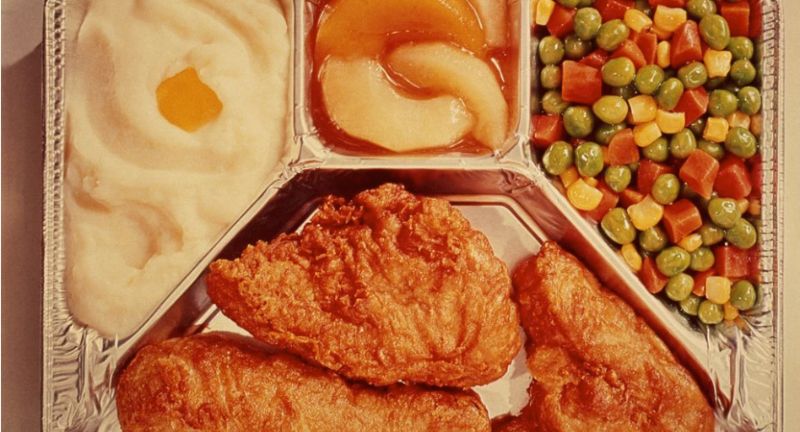
Getty
If you grew up in America, there is a high chance you’ve had a frozen dinner. The frozen prepackaged dinner hit grocery store freezers nationwide in the late 1940’s. In 1950 its was reported over 400,000 frozen dinners had been produced. The frozen meals were a modern solution for quick, portion-controlled meals, revolutionizing home dining habits and reflected the changing dynamics of family life.
Tomato Aspic
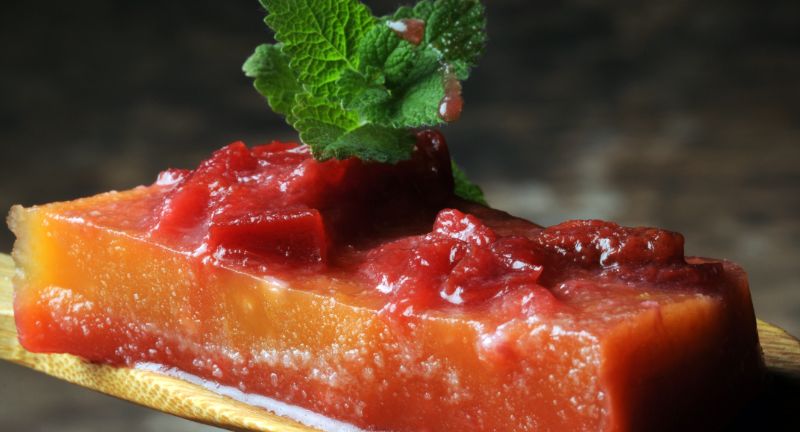
Shutterstock
Despite its polarizing nature, this savory molded gelatin dish found its way on the menu at many formal dinners and holiday feasts. The Tomato Aspic perfectly reflects the fascination in the 1950s’ and 1960s’ with creative and visually appealing culinary presentations. Those who’ve experienced it often look back with a mix of amusement and fondness for this quirky creation.
Green Bean Casserole
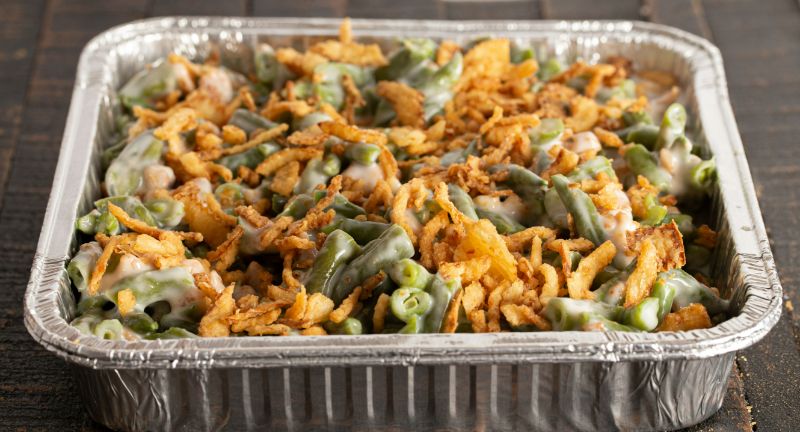
Shutterstock
The green bean casserole gained popularity in the 1950s, created and fueled by a marketing campaign by the Campbell Soup Company. With only 6 ingredients including canned green beans, cream of mushroom soup, and crispy fried onions, the dish’s popularity coincided with the era’s emphasis on convenience and affordability. All these years later, the green bean casserole holds the iconic status as a holiday side dish and a symbol of mid-century American culinary traditions.
Gelatin Molds
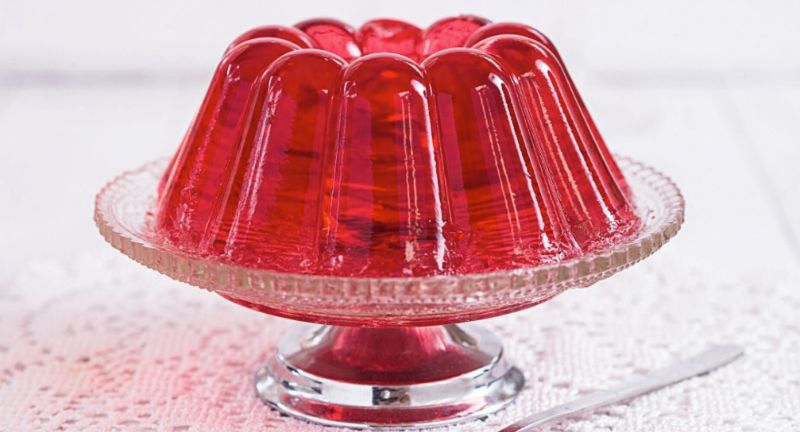
Getty
The vibrant and whimsical shapes of gelatin molds likely being back memories for those who grew up in the 1950s or 1960s. The dish typically consisted of flavored gelatin mixed with fruits or savory ingredients and was often a centerpiece at meals and gatherings. Gelatin molds symbolize a bygone culinary trend as preferences have shifted towards fresher options.
Party Mixes
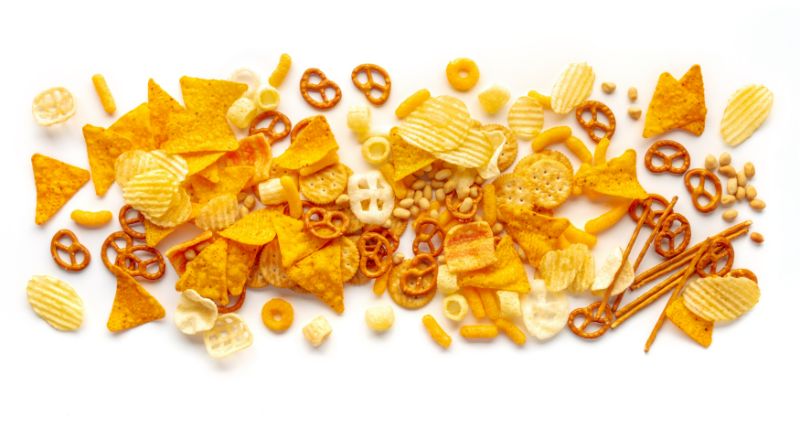
Shutterstock
Epitomized by Chex Mix, party mixes rose to popularity as a convenient and flavorful snack, perfectly suited for the emphasis on casual entertaining in the 1960s. The widespread appeal stemmed from versatility and ease of preparation, making it easy to prepare for any occasion. These mixes continue to evoke the spirit of socializing and shared moments around the snack bowl.
Fondue
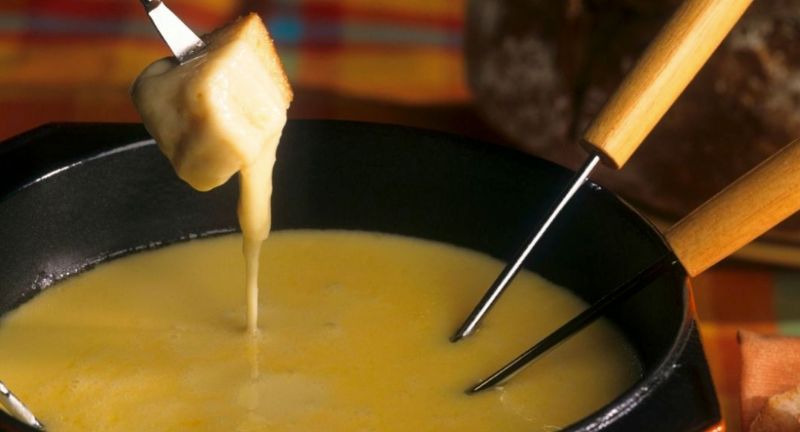
Getty
The simple Swedish dish that took America by storm in the late 1960s. Fondue parties and restaurants specializing in fondue quickly became popular, making it a culinary sensation as well as an interactive dining experience. Over the years, the dish has evolved into more than just cheese as chocolate is now another popular option.
Swedish Meatball
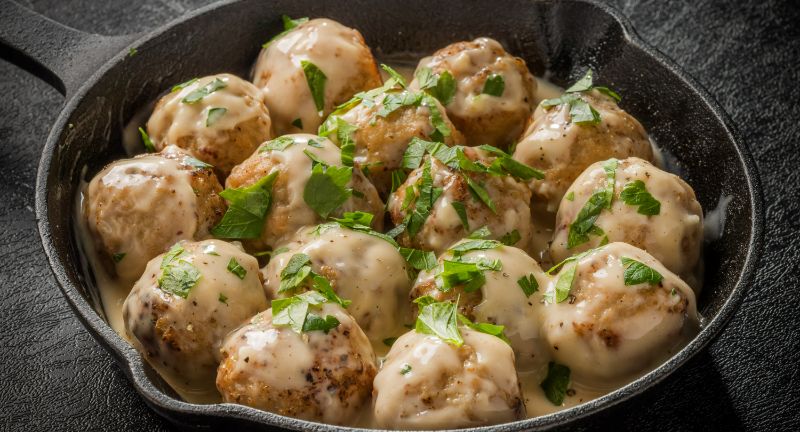
Shutterstock
Another popular Swedish dish was the Swedish Meatball. The trendy comfort food was usually seen as a side dish or an appetizer at a party. The delicious bite-sized meatballs were often served with a creamy gravy or lingonberry sauce.
Waldorf Salad
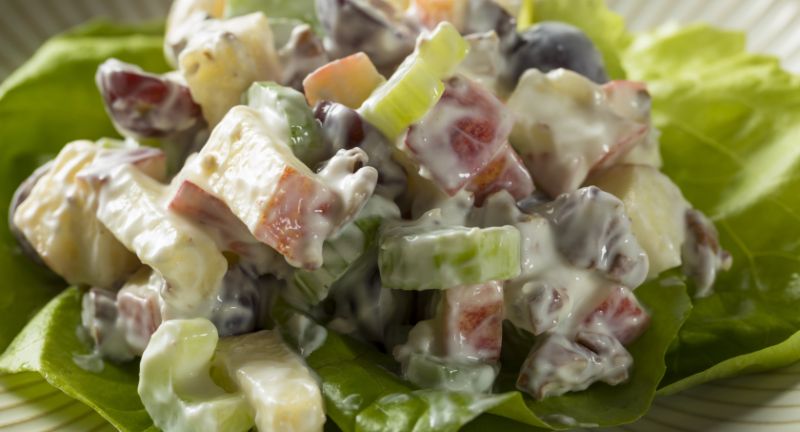
Shutterstock
Believed to have been introduced in the 1890s at the Waldorf-Astoria by Oscar Tschirky. The Waldorf Salad was a popular dish in many households due to its adaptability in ingredients. Typically including apples, celery, walnuts, and grapes in a mayonnaise-based dressing, but there’s always room for variation based on personal preferences.
Deviled Eggs
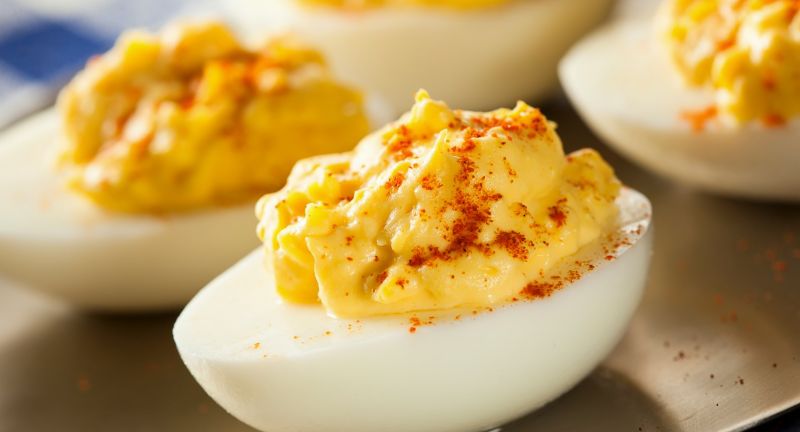
Getty
This classic side dish became popular thanks to its simplicity, cost-effectiveness, and widespread availability of eggs. During the 1950s, deviled eggs became a staple at social gatherings, picnics, and potluck dinners. Deviled eggs are hard-boiled eggs that are cut in half, the yolks are mixed with mayonnaise, mustard, and spices. The yolk mixture is then spooned or piped back into the egg whites.
Baked Alaska
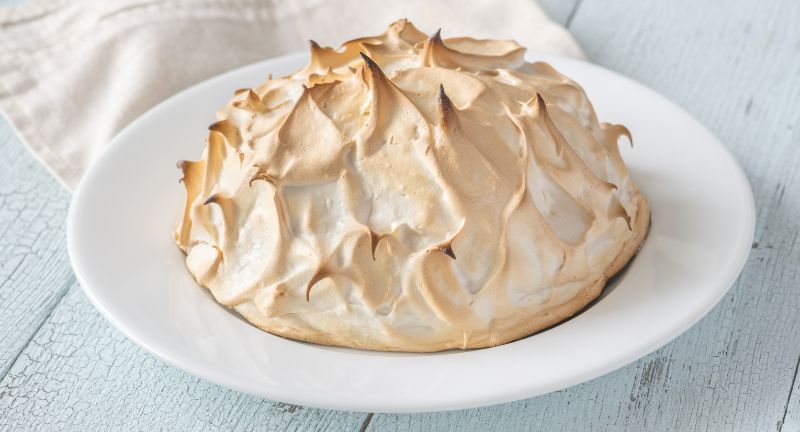
Shutterstock
Remember the Baked Alaska? The showstopper desert comprising of layers of cake, ice cream, and meringue. This dish was fueled by a post-war interest in extravagant dishes, the dessert is most commonly associated with upscale dining and celebratory occasions. While it may not be as well known today, Baked Alaska remains a nostalgic and iconic dessert associated with a bygone era of elaborate and extravagant dining.
Tuna Casserole
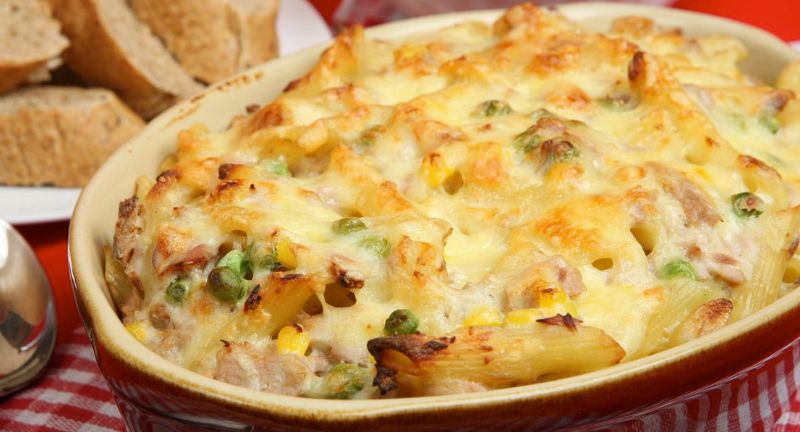
Getty
While the exact origins of tuna casserole are a bit unclear, the dish found its way onto dinner tables all over the country. Canned tuna and other ingredients were affordable and easily accessible at grocery stores. This, in addition to its ease of preparation, made it a tasty yet convenient and economical choice for many families.
Chiffon Cake
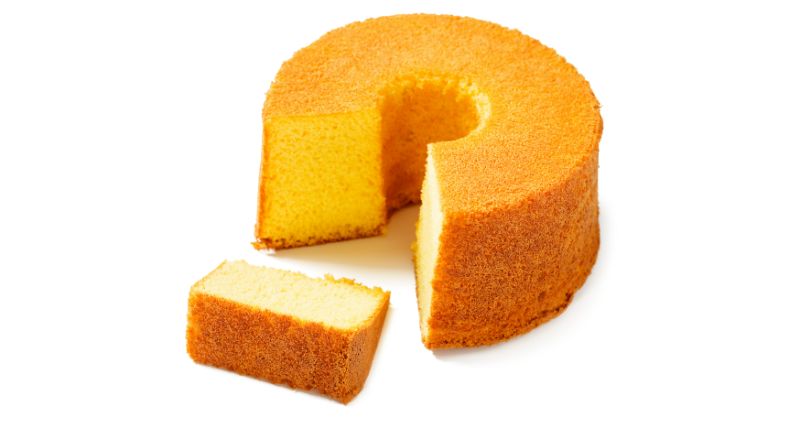
Shutterstock
The uncomplicated yet delicately light and moist cake gained significant popularity following its debut in a 1948 edition of Better Homes and Gardens magazine. The use of vegetable oil instead of butter set the Chiffon Cake apart from traditional cakes at the time. Home bakers around the country appreciated the simplicity of the recipe and the cake’s ability to serve as a blank canvas for a variety of flavors and toppings.
Fruit Cocktail Cakes

Shutterstock
While the exact origin is unclear, at some point in the 1950s, mixing canned fruit in a batter consisting of flour, baking soda, sugar, and eggs became a common fixture in home baking. The cake’s popularity can be attributed to its simplicity, as it used readily available pantry ingredients and required minimal preparation.
Clam Dip
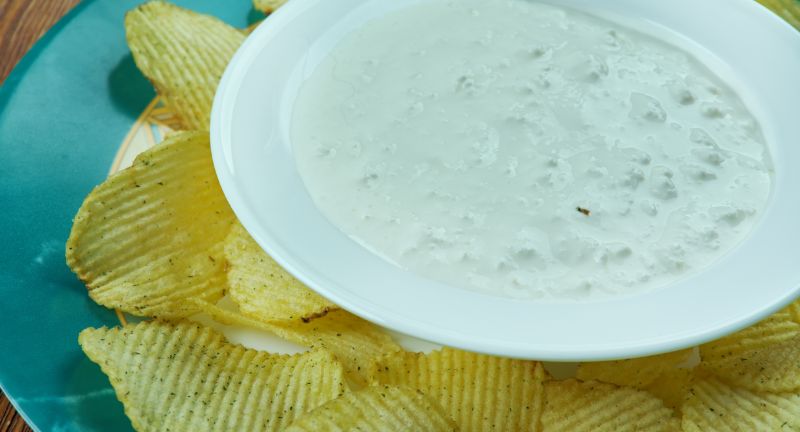
Shutterstock
Remember this savory dip made with chopped clams, cream cheese and mayonnaise? Clam dip became a snack staple after being featured on the Kraft Music Hall television show in the 1950s. For decades, the dish continued to be a hit at parties and other social gatherings.
Beef Bourguignon
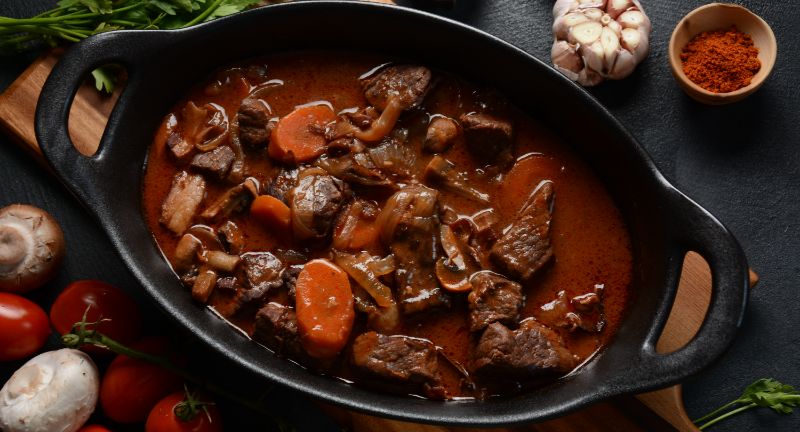
Shutterstock
Anyone who enjoyed Beef Bourguignon, also known as Beef Burgundy, for dinner growing up has to thank the renowned chef and television personality, Julia Child. Julia played a crucial role in introducing the rich and hearty slow beef based dish to American audiences through her popular cookbook “Mastering the Art of French Cooking,”. The classic dish also includes mushrooms, onions, and bacon.
Tunnel of Fudge Cake
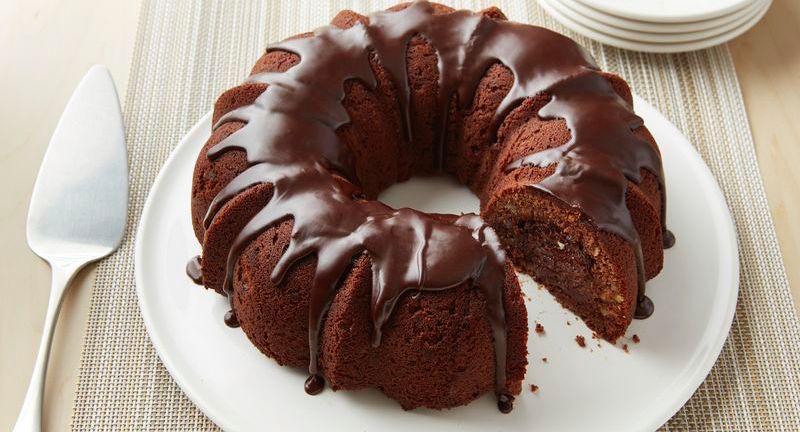
Pillsbury Website
Many have enjoyed this popular dessert thanks to its popularity in the Pillsbury Bake-Off in 1966. Its interest was fueled by the national fascination with cooking contests and innovative dishes. The cake, with its dense fudgy center, remains a cherished symbol of special occasions and the joy of homemade desserts.
Meatloaf
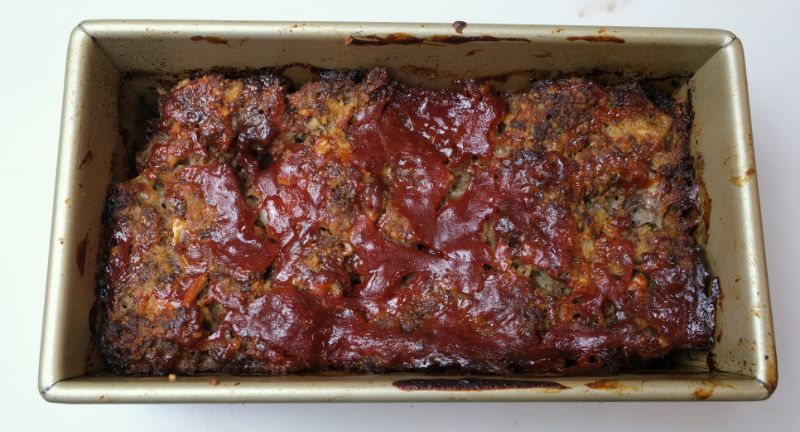
Shutterstock
A quintessential American comfort food in the 1950s and 1960s. The dish is known for its affordability, versatility, and ability to stretch ingredients. Made from ground meat, breadcrumbs, eggs, and seasonings, meatloaf’s enduring appeal lies in its simplicity and its role as a timeless symbol of American home cooking. Whether served with a savory glaze or ketchup, meatloaf remains a cherished part of culinary nostalgia.
Sloppy Joes
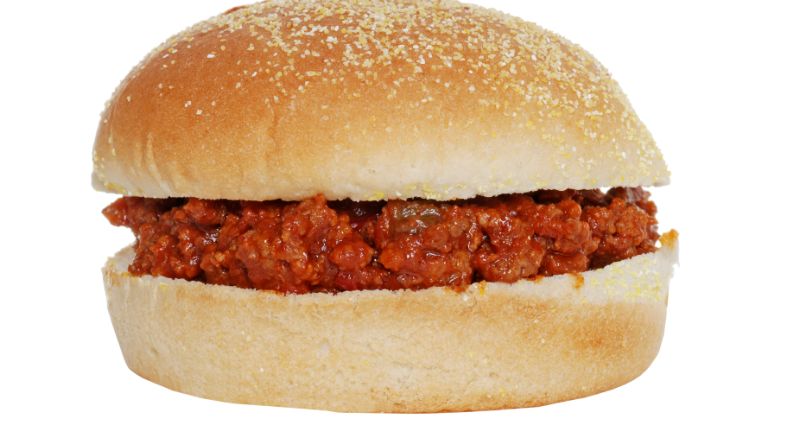
Shutterstock
The combination of ground meat in a tangy tomato-based sauce served on a bun, messy yet satisfying. Sloppy Joes were seen by many families as a convenient and budget-friendly meal.
Beef Stroganoff
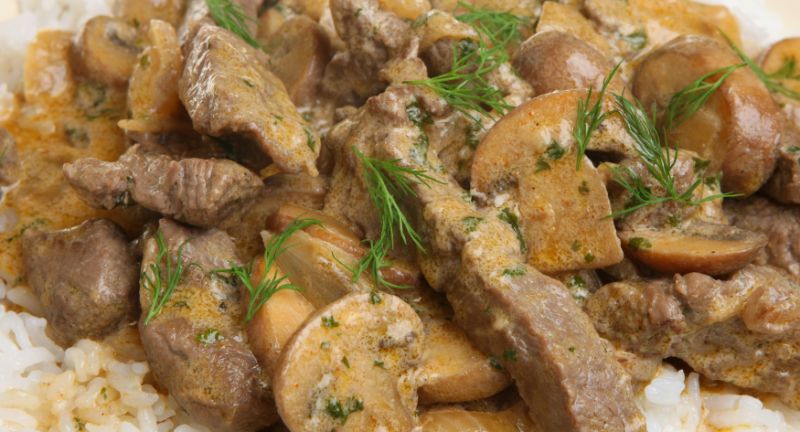
Shutterstock
Beef Stroganoff gained popularity in the mid-20th century due to the growing interest in international cuisine. The dish is credited with helping elevate home cooking in America. Beef Stroganoff typically is made of tender beef slices in a creamy sauce, featuring sour cream and mushrooms.



